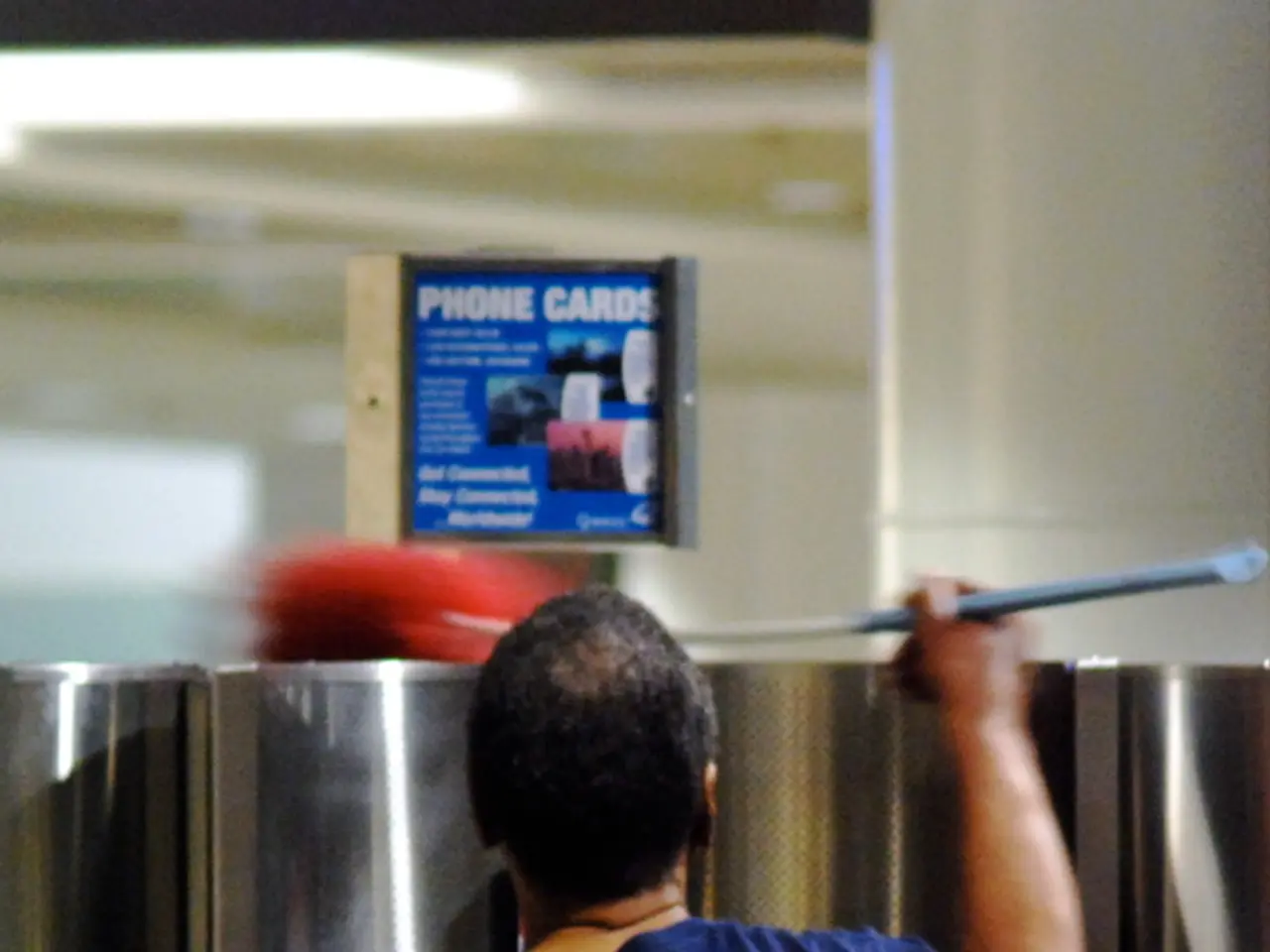Top-Ranking Air Purifiers for Eliminating Dust Particles
Air purifiers are becoming increasingly popular as people seek solutions to improve indoor air quality, especially in homes and offices where dust can accumulate. Here are some top features to consider when choosing an air purifier specifically for dust removal.
True HEPA Filter
A true HEPA filter is essential for capturing tiny airborne dust particles and allergens effectively. Look for certified True HEPA filters or medical-grade HEPA (e.g., H13) for the best results.
Room Size Compatibility & Coverage
Choose an air purifier rated for the size of your room. This is often indicated in square feet or square meters. Matching coverage with room size ensures efficient dust removal.
Clean Air Delivery Rate (CADR)
A higher CADR means faster and more effective air purification. CADR specifically for dust particles gives a real measure of dust-removal speed and capacity.
Multiple-Stage Filtration
Models with pre-filters (to catch larger dust particles) plus HEPA and activated carbon filters (to trap fine particles and odors) work best to maintain long-term efficiency.
Smart Features and Sensors
Dust sensors and indicators that alert when filters need changing improve performance and maintenance.
Quiet Operation
Especially important for bedrooms or offices where noise may be bothersome, many purifiers offer sleep modes lowering noise without sacrificing filtration.
Energy Efficiency & Filter Replacement Cost
Energy-star ratings and affordable, easy-to-replace filters contribute to lower running costs.
Avoid Ionizers
For sensitive users, especially sinus sufferers, it's recommended to avoid ionizing purifiers that emit ozone, which can irritate airways.
Popular Recommended Models
Some popular recommended models for dust removal that exemplify these features include the Levoit Core 600S, Blueair DustMagnet 5440i, Coway AP-1512HH, Honeywell AirGenius 5 HFD-320, and Winix A231.
Selecting an air purifier matching these criteria ensures efficient dust capture and long-term ease of use, especially in spaces where dust accumulation is a significant concern.
In addition to using an air purifier, frequent dusting, sweeping, mopping, and vacuuming can help reduce levels of dust in the air. Changing and washing bedding regularly can also help.
However, it's important to note that some units can be noisy and cause sleep disruptions. Air purifiers for dust can also help remove dust from the air and improve asthma and allergy symptoms.
[1] Consumer Reports (2021) [Online]. Available: https://www.consumerreports.org/air-purifiers/
[2] Good Housekeeping (2021) [Online]. Available: https://www.goodhousekeeping.com/home/air-purifiers/
[3] Healthline (2021) [Online]. Available: https://www.healthline.com/health/air-purifier
[4] CNET (2021) [Online]. Available: https://www.cnet.com/health/air-purifiers/
[5] New York Times (2021) [Online]. Available: https://www.nytimes.com/wirecutter/reviews/best-air-purifier/
Air purifiers with True HEPA filters can effectively capture tiny dust particles and allergens, making them beneficial for individuals with asthma or allergies. regular cleaning and maintenance of the air purifier, including changing filters, can help maintain optimal performance. Mental health is also important, and it's worth considering the quiet operation and sleep modes available on some air purifiers to minimize noise-induced disruptions during sleep. Frequent cleaning and health-and-wellness practices, such as regular dusting and changing bedding, can complement the use of an air purifier for dust removal.




